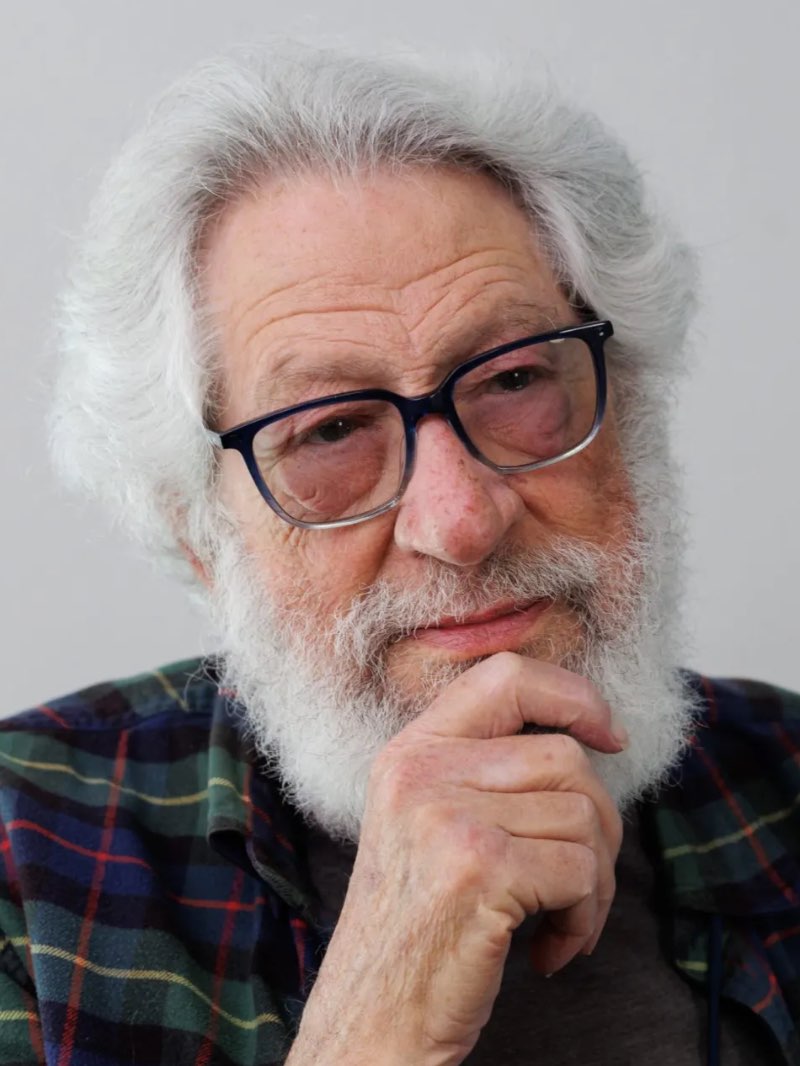Ralph Abraham (1936–2024)
Mathematician, Visionary Thinker, and Pioneer of Chaos and Consciousness
Ralph Abraham was a brilliant mathematician and cultural visionary whose work bridged the worlds of mathematics, philosophy, consciousness, and culture. A Professor Emeritus of Mathematics at the University of California, Santa Cruz, Abraham was among the founders of chaos theory, dynamical systems, and bifurcation theory—fields that transformed how we understand complexity, order, and emergence in the natural and human worlds.
For more than five decades, Abraham served as a professor of mathematics, focusing on applied and computational mathematics with an emphasis on dynamical systems and chaos. He was a prolific author and consultant, applying these theories across disciplines as diverse as ecology, psychotherapy, physics, and art. His work was driven by a deep belief that systems theory could bridge the gap between science and the humanities, restoring unity between reason and imagination.
Ralph was not only a mathematician but a mathemagician—a rare mind equally at home in rigorous logic and visionary imagination. He was a frequent contributor to the countercultural publication Mondo 2000, a pioneer of consciousness studies, and a beloved mentor in the community of thinkers exploring the evolution of mind and society. Through collaborations with Terence McKenna and Rupert Sheldrake, he co-authored the celebrated books Trialogues on the Edge of the West (1992) and The Evolutionary Mind (1997), which became cult classics for their explorations of consciousness, culture, and cosmic order.
In later years, Abraham’s work turned toward the synthesis of physics and mysticism. In Demystifying the Akasha: Consciousness and the Quantum Vacuum (2010), co-written with Indian physicist Sisir Roy, he proposed a mathematical model for the Akashic field — a cosmic memory field that underlies all of existence — drawing connections between quantum theory, Eastern spirituality, and digital physics. His insights anticipated emerging dialogues between consciousness studies, quantum science, and artificial intelligence.
Abraham’s intellectual curiosity and spiritual openness made him a bridge between eras — a figure equally rooted in the 1960s counterculture and the frontiers of twenty-first-century science. “By 1990 I had essentially given up on the fate of the biosphere and noosphere,” he once reflected. “Then, in 1994, I became aware of the innovation of the World Wide Web... This seemed to give us new hope, as the connectivity of the noosphere was getting this major bump... Now it seems we need another miracle.”
That miracle, he suggested, might lie in the very evolution of consciousness itself.
Ralph Abraham’s life and work exemplified the spirit of visionary leadership — a synthesis of intellect, imagination, and compassion in service to the evolution of life and mind. His legacy continues to ripple across disciplines, and, as one colleague beautifully said, “he will still be with us, resonating nonlinearly in the Akashic field he helped describe.”

